
2018 JBS Wrap Up
As 2018 draws to a close, we look back and reflect on the year which has seen the JBS Team grow and change both individually and as a group. Warren joined Jen as a partner within JBS, Peter got married and the JBS team were there to help celebrate. Both Peter and Liam became Associate Advisers, Aakash is now a permanent resident and we have welcomed Varsha as a new full-time team member. Richard’s and his mates from school Nick and Locky have joined the team to help with administration and all things client services while they complete their university degrees and all celebrated their 21st birthdays. Liam purchased a new car and continues his reign of “Nugget Challenge Champion” in the office. Pj left the Victorian winter behind to conquer the summer in Europe and had an absolute blast. Jen and Bren are loving their lifestyle change and move down to Mt Martha.
From a business perspective, JBS has had an awesome year, we’ve continued with our educational series Join with Jen, Retire Right, and launched Partner Protect so if you haven’t yet seen any of our videos, jump on our website and take a look.
As we reflect on the positive year our team has shared together, there will be people going into this holiday season who are less fortunate than ourselves. Throughout the year, JBS has supported Make A Wish Australia, and in the spirit of giving we have again decided to donate to this charity instead of sending Christmas cards to our valued colleagues, clients and team. You too can make a donation to Make A Wish who grant the wishes of children suffering from life threatening medical conditions.
Holiday Opening Hours
JBS Financial Strategists will be closing on Thursday, 20th December and re-opening on Monday, 7th January 2019. During the holiday closure the business will be supported via email or Jen’s mobile phone for urgent issues.
We would like to thank you for your ongoing support and commitment throughout 2018.
From all the team at JBS, we would like to wish you, your family and your friends a wonderful holiday break, a safe & prosperous New Year, and we look forward to seeing you in 2019.
Below is a little snippet from our recent Team Christmas Event – it was a fantastic day, what a great team we have!








 Level Premiums – Level premiums can provide you with peace of mind as they are designed to remain stable. The premiums will remain stable from the policy commencement until you reach a predetermined age (e.g. age 55 or 65), at this point the premiums will switch to a Stepped premium. Level premiums can still increase due to indexation or other increases to the sum insured. Level premiums can also change if the underlying assumptions and/or expenses of the insurer have changed since the policy started – however this will generally affect the stepped premiums as well.
Level Premiums – Level premiums can provide you with peace of mind as they are designed to remain stable. The premiums will remain stable from the policy commencement until you reach a predetermined age (e.g. age 55 or 65), at this point the premiums will switch to a Stepped premium. Level premiums can still increase due to indexation or other increases to the sum insured. Level premiums can also change if the underlying assumptions and/or expenses of the insurer have changed since the policy started – however this will generally affect the stepped premiums as well.






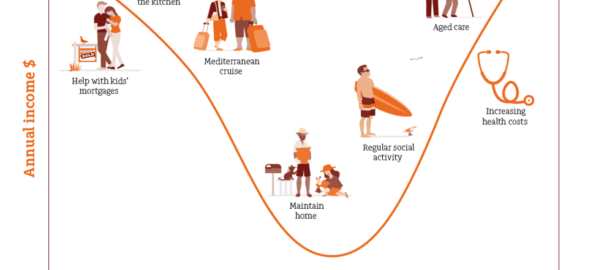
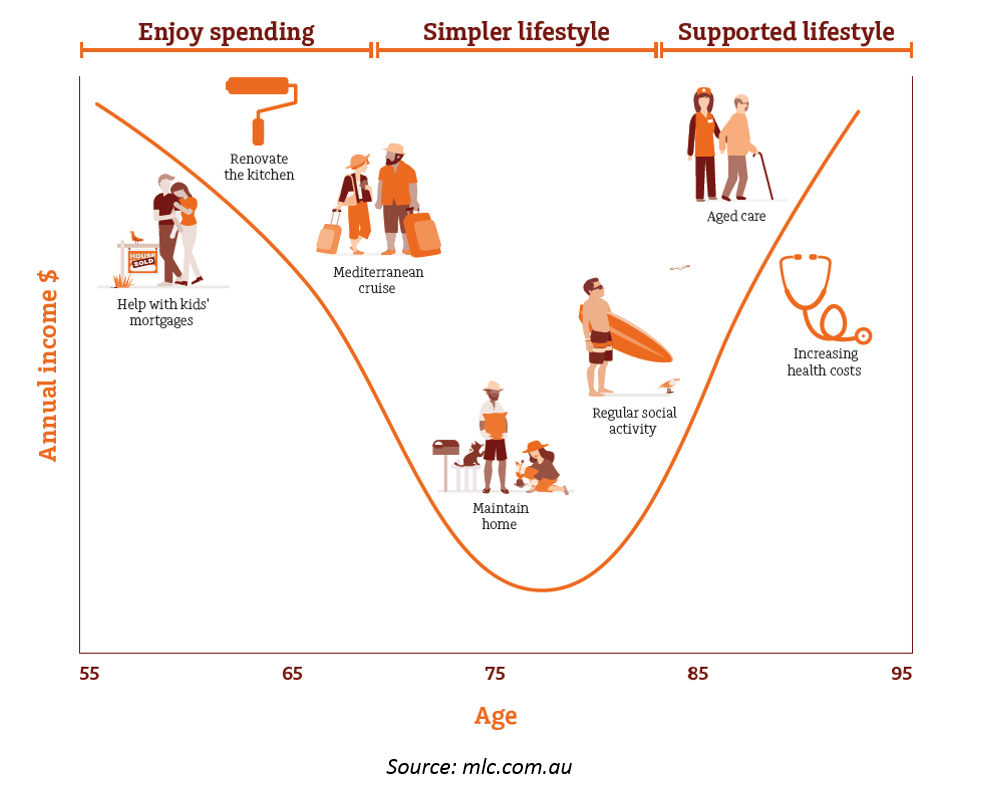
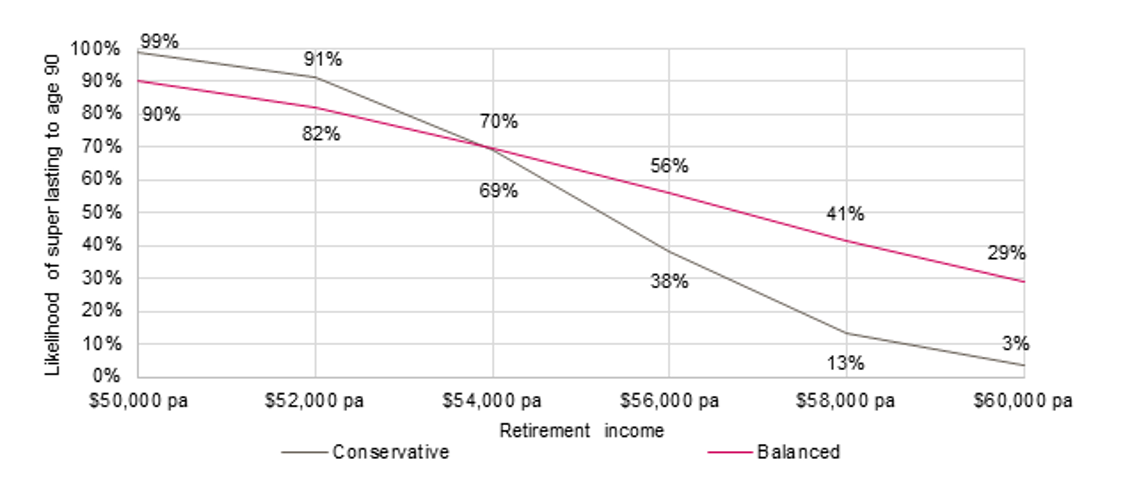
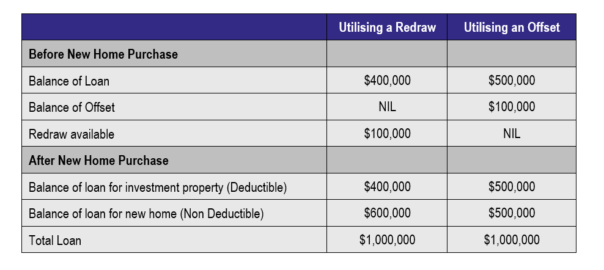
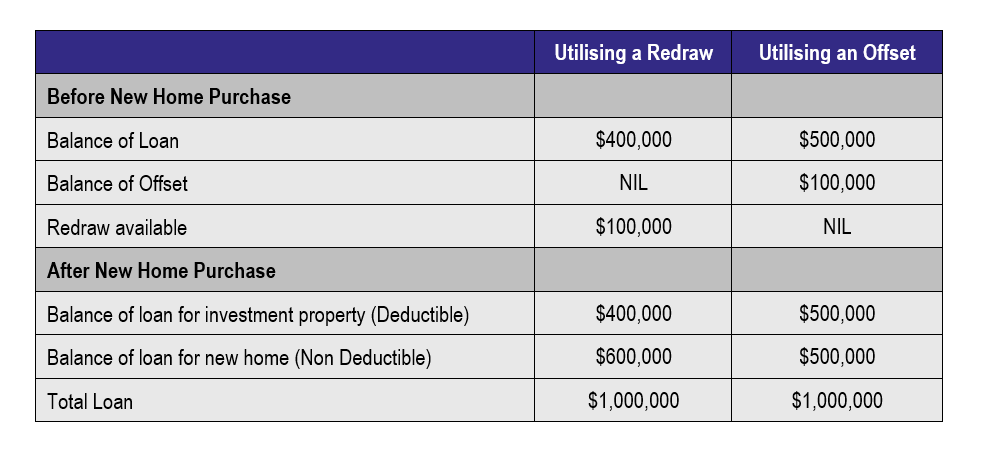

 1. Renewability of Cover:
1. Renewability of Cover:
 Let’s firstly have a look at the disability pension through Centrelink. To be eligible you must firstly be between ages 16 to pension age, pass the residency requirements and meet the income / asset test. Once you’ve met all these conditions your disability will then be assessed. To meet the disability requirement, you must be either permanently blind or assessed to be physically / mentally impaired and unable to work for more than 15 hours or more per week for the next 2 years. Furthermore you may be required to participate in support programs going forward. In other words your disability or condition must be very severe and permanent for you to receive support from Centrelink. Then there’s the NDIS (National Disability Insurance Scheme), which again is run by the government for anyone who suffers permanent disability such as permanent blindness, Down syndrome and autism. The biggest misconception regarding what the NDIS offers is the fact that NDIS does not offer monetary support, but rather provides aids and equipment to anyone who is eligible.
Let’s firstly have a look at the disability pension through Centrelink. To be eligible you must firstly be between ages 16 to pension age, pass the residency requirements and meet the income / asset test. Once you’ve met all these conditions your disability will then be assessed. To meet the disability requirement, you must be either permanently blind or assessed to be physically / mentally impaired and unable to work for more than 15 hours or more per week for the next 2 years. Furthermore you may be required to participate in support programs going forward. In other words your disability or condition must be very severe and permanent for you to receive support from Centrelink. Then there’s the NDIS (National Disability Insurance Scheme), which again is run by the government for anyone who suffers permanent disability such as permanent blindness, Down syndrome and autism. The biggest misconception regarding what the NDIS offers is the fact that NDIS does not offer monetary support, but rather provides aids and equipment to anyone who is eligible.